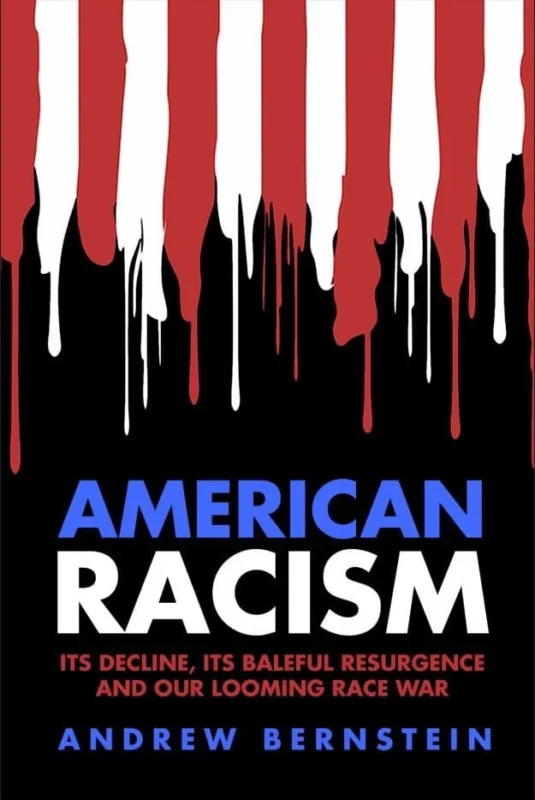The name “Glassman” has been popping up a lot lately. And it’s not just me and my family. In fact, with the exception of my brother, the illustrious Washington veterinarian, I am not related to any of the recently famous Glassmans, who include such notables as Cynthia A., the new SEC commissioner, and James (without the “K.”), the quotable and respected J.P Morgan Chase economist. The other day, I heard by e-mail from another non-relative Glassman. This one, by crunching data, had come up with a profitable and surprising way to choose mutual funds. If he’s not famous, he should be.
My correspondent was Barry Glassman, an investment adviser at Cassaday & Co. in McLean. (This Barry should not be confused with another non-relative Barry Glassman, a member of the Maryland House of Delegates (R-Harford) and claims investigator for Baltimore Gas & Electric.) I have carried on e-mail dialogues with first Barry, who is also a financial columnist for Legal Times, for a long time, but, as is the case with Cynthia and the other Barry, we have never met. (I did meet the other James in a ticket mix-up on the USAir Shuttle; my brother, I see a lot, and not just when the dog is sick.) Here is what the financial Barry discovered: Mutual funds that have managers’ names in their titles have significantly outperformed the market as a whole. Many, he points out, have been prominently mentioned in my columns over the years, including Torray (TORYX), Gabelli Asset (GABAX) and Jensen (JENSX).
Barry started with a universe of the 500 largest stock funds (by assets invested), according to Morningstar, the Chicago-based research service. Of those, he found 16 that were managed by their namesakes. In 15 of the 16 cases, the manager was also the founder, the exception being Davis New York Venture (NYVTX), which has been run for the past seven years by Chris Davis, the founder’s son.
Barry found that every one of the 16 funds beat the benchmark Standard & Poor’s 500-stock index in 2002. Fifteen of the 16 also beat the S&P in both 2001 and 2000. At a time when mutual funds have been under attack for poor performance, these figures are incredible. But true. Over the past three years, the average namesake fund whipped the S&P by more than 10 percentage points.
But three years is not enough. Using Morningstar statistics, I did some longer-term analysis, which confirmed Barry’s observations. I found that the average annual returns of namesakes over the five years ended last Wednesday was 6.2 percent, compared with just 0.7 percent for the Vanguard Index 500 Fund (VFINX), a popular fund that mimics the S&P index and carries a rock-bottom expense ratio of less than a fifth of a percentage point per year.
In addition, for the past 10 years, the namesakes returned an annual average of 12 percent, compared with 9.3 percent for the index fund. A $10,000 investment in the average namesake 10 years ago was worth $31,600 last week. The same investment in the index fund was worth $24,300. Over that same period, the index fund beat the vast majority of all U.S. equity funds.
Fourteen of the 16 namesakes beat the index fund over the past five years, and 11 out of 12 beat it over the past 10 years (the other four funds were started less than 10 years ago). The only fund that trailed the index fund in both those periods was Nicholas (NICSX), but, even so, it beat 80 percent of all funds.
What’s going on here? First, it’s clear that managers count and, as Barry puts it, these particular managers “have a vested interest in applying prudence and principles” because their names are on the door. Not just the family reputation, but the family money, is at stake. The Davis family, for example, is the largest shareholder in each of its nine funds, with a total of $2.5 billion invested.
Also, since they know they aren’t likely to be fired for poor short-term performance, the namesake managers can take the long view, rather than frantically trading the way most managers do. Namesakes hold the average stock for about 21/2 years – for a turnover ratio of just 41 percent, one-third lower than the average fund among the 500 largest. Seven of the namesakes have turnover ratios below 20 percent.
The managers are mature and experienced. Ten of the 16 have been running their funds for at least 12 years. The shortest tenure is five years, for Tom Marsico of Marsico Focus (MFOCX), which is the only namesake that failed to beat the S&P in 2000 and 2001. Still, Marsico, who used to manage Janus Twenty (JAVLX), is a veteran. And his eponymous fund has beaten the S&P by an annual average of 5 percentage points over the past five years.
The best performer of the group is Calamos Growth (CVGRX), the quintessential family fund. It was started by John Calamos, the son of Greek immigrants who owned a grocery store on Chicago’s West Side. Calamos opened his own investment firm in 1977, managing money privately. His nephew Nick joined the firm in 1983, and son John Jr. four years later. The Calamos clan launched its public fund in 1990 and has guided it to an annual average return of 17 percent over the past 10 years (roughly double what the S&P has done), mainly by finding strong mid-cap growth stocks that have sound balance sheets. Top holdings include International Game Technology (IGT), slot machines; AutoZone (AZO), auto-parts chain; and eBay (EBAY), online auctioneer.
Only recently have investors discovered the fund. Its assets have surged in three years from $12 million to $2.6 billion. The three Calamos managers have not been hamstrung yet by the big increase, says Morningstar analyst William Harding. They have plenty of good stocks for the incoming cash. A more serious drawback is that the “A” shares carry a 4.75 percent load and an annual expense ratio of 1.5 percent.
The investing styles of these name-bearing funds have little in common. Some, like Jensen, specialize in large-cap growth stocks; others, like Weitz Value (WVALX), focus on mid-cap value. At least one of the funds fits neatly into seven of the nine Morningstar style categories (exceptions are small-cap value and blend). There’s also a sector fund, Cohen & Steers Realty Shares (CSRSX), and a global fund, Tweedy, Browne Global Value (TBGVX).
The funds range from the highly concentrated (30 holdings for both Jensen and Marsico) to the broadly diversified (390 for Gabelli Asset). Some, like Calamos, are costly; others, like Weitz Value, Jensen and Torray, each with no load and an expense ratio of about 1 percent annually, are relatively cheap. Barry examined price-to-earnings ratios, which were all over the lot, and risk levels, which on the whole were a little lower than average. But besides low turnover, there were no statistical indicators that clearly distinguished the 16 namesake funds from the other 484 funds.
Except the returns the funds scored for their investors.
Look at Baron Growth. It was launched eight years ago by Ron Baron, a money manager who in 1987 started Baron Asset (BARAX), also among the 16 namesakes. With the growth fund, Baron focuses on small-cap stocks that are rapidly increasing their earnings. He’s beaten the Russell 2000 small-cap index for seven of the past eight years and the S&P 500 for six of eight – and at a risk level considerably below that of the market. The fund has a turnover ratio of 35 percent and expenses of 1.4 percent – about average. Baron has registered annual average returns of 7.5 percent for the past five years – nearly seven points better than the S&P.
His portfolio is delightfully diversified by sector. The top five holdings at the end of 2002: ChoicePoint (CPS), risk-management services for insurance companies; Krispy Kreme Doughnuts (KKD), snack chain; University of Phoenix Online (UOPX), distance learning; LIN TV (TVL), television-station management; and Four Seasons Hotels (FS), luxury hotels. Baron has generally “avoided the speculatively valued technology fare that has torched many of his competitors,” writes Morningstar’s Christopher Traulsen.
Understand that carrying a manager’s name is not enough. The namesakes were chosen from an exclusive group – the largest 500 funds. To make the cut, a fund had to accumulate $950 million in assets. That’s an indication it has probably been around a while, especially if it is owned and run independently, rather than by a large mutual fund house with the resources for heavy promotion.
Still, the list of 16 missed several excellent smaller funds, including Yacktman (YACKX), managed by Donald Yacktman since its inception 10 years ago. The fund has produced double-digit returns in each of the past three calendar years. A $10,000 investment on Jan. 15, 1999, was worth $15,600 last week; over the same period, the value of Vanguard Index 500 dropped to $6,500. But Yacktman, with an expense ratio of 1.2 percent, has only $168 million in assets.
Among the funds Barry uses for clients is Royce Total Return (RYTRX), a superb portfolio managed by Charles Royce for the past nine years but just a bit too small to qualify for the list. Royce looks for small-cap companies that are undervalued and pay dividends. His top holdings are DQE (DQE), a Pennsylvania utility yielding 6.3 percent, and Arthur J. Gallagher & Co. (AJG), insurance services, with a yield of 2.1 percent.
So, has my own namesake, Mr. Glassman of Cassaday & Co., found the holy grail of investing? Probably not. Nothing about finance is so simple. Barry stumbled onto the anomaly when, reviewing the performance of funds he uses for clients, he suddenly realized that the best carried names like Baron, Royce and Davis. Then he cranked up the computer.
But he emphasizes that he is “not using this screen [that is, seeking namesakes] to choose funds.” The eponym phenomenon bears close attention, but it should not be the sole basis for your investment decisions. “Read the prospectus, do the analysis,” says my non-relative the Certified Financial Planner.









